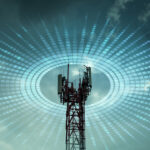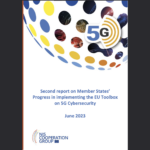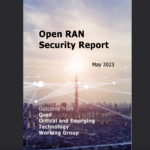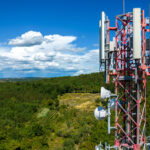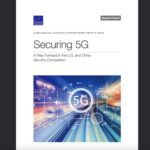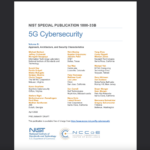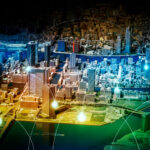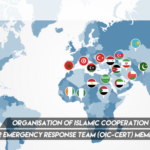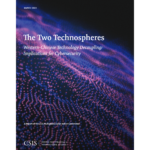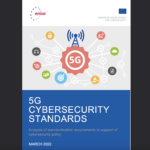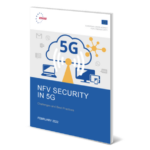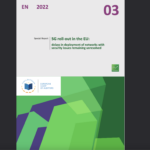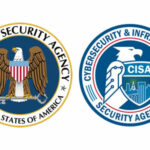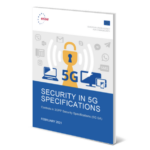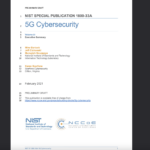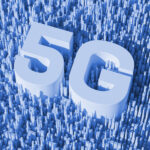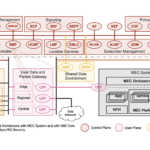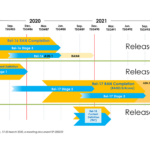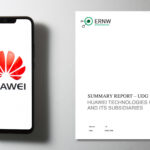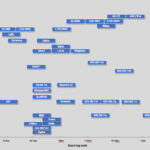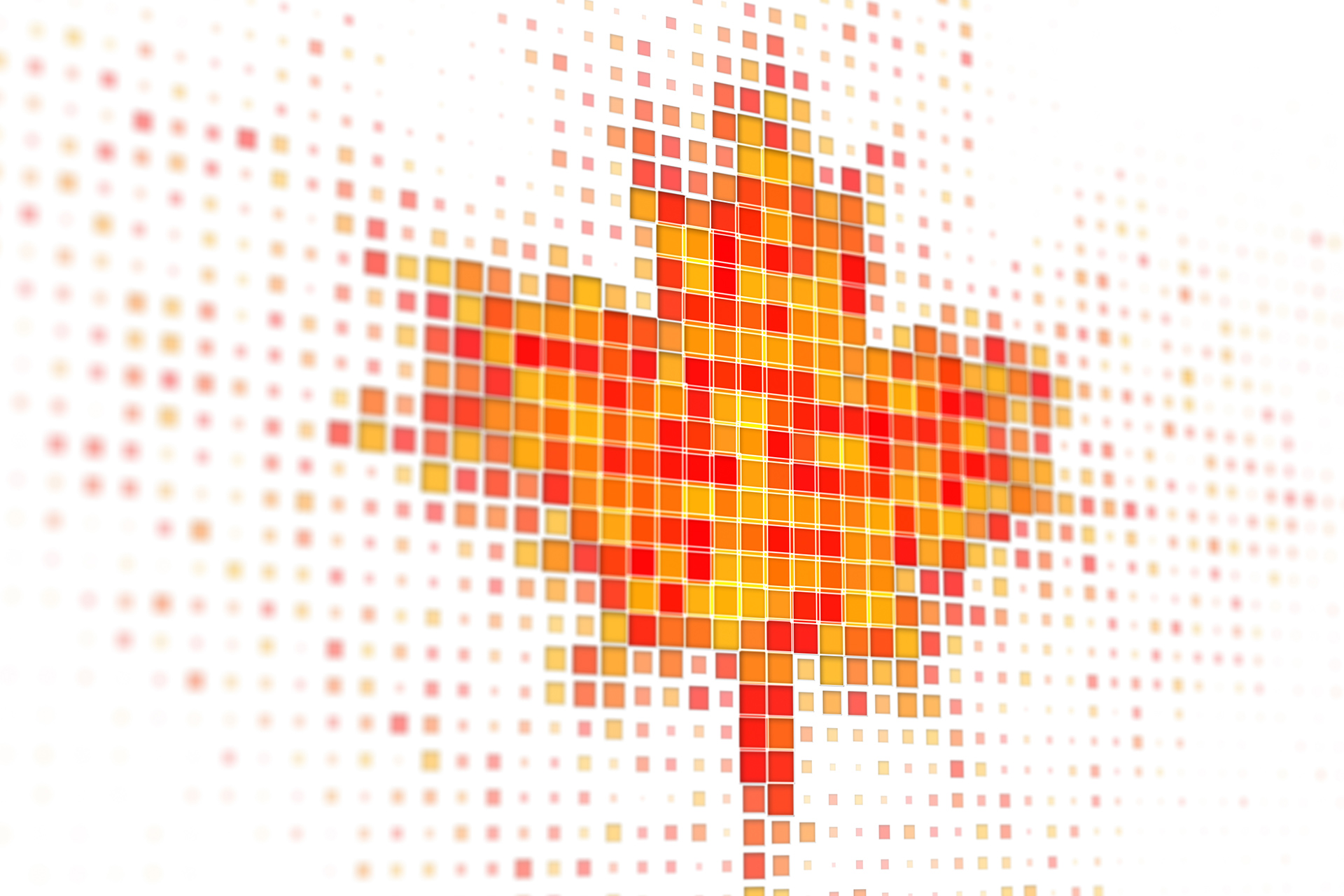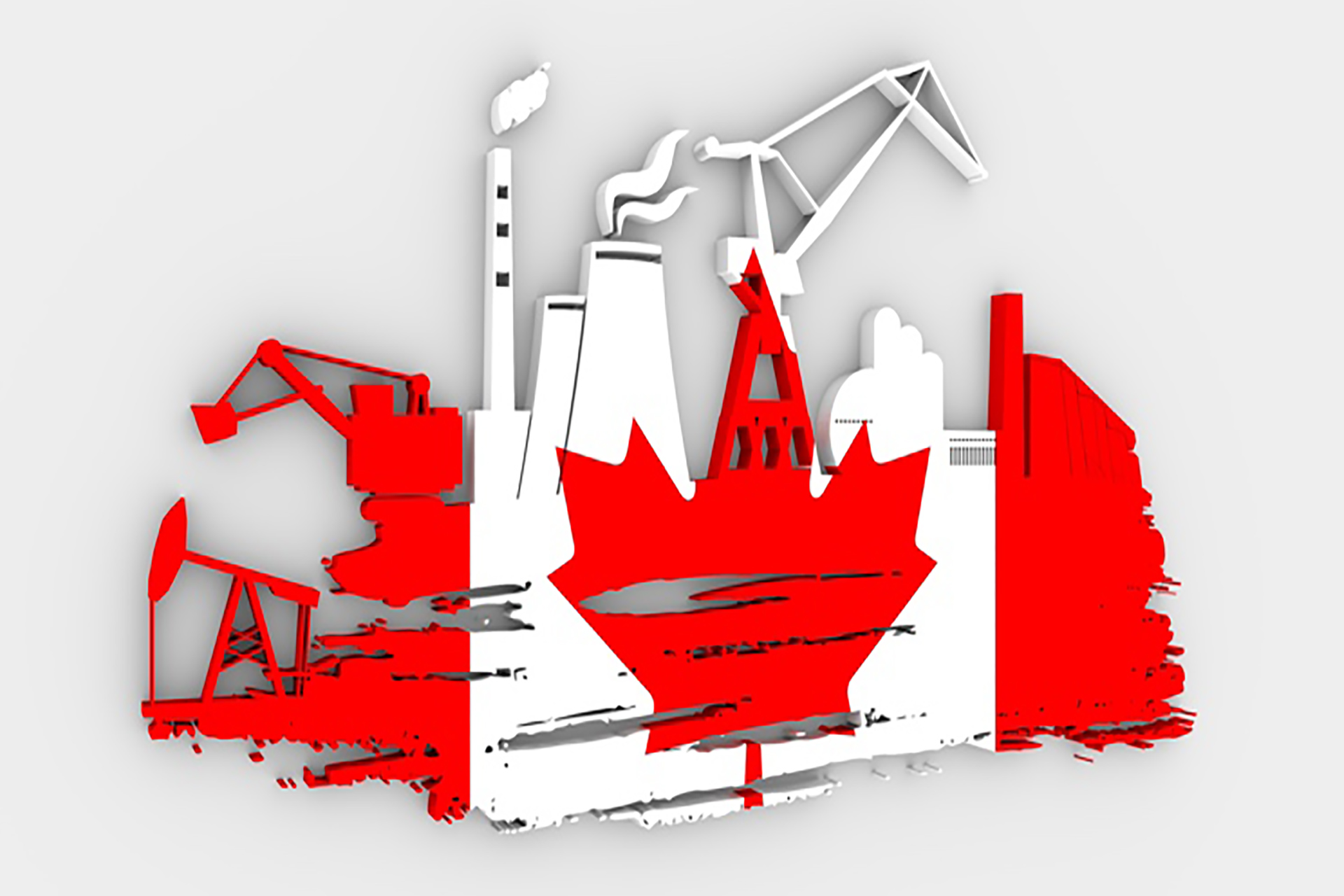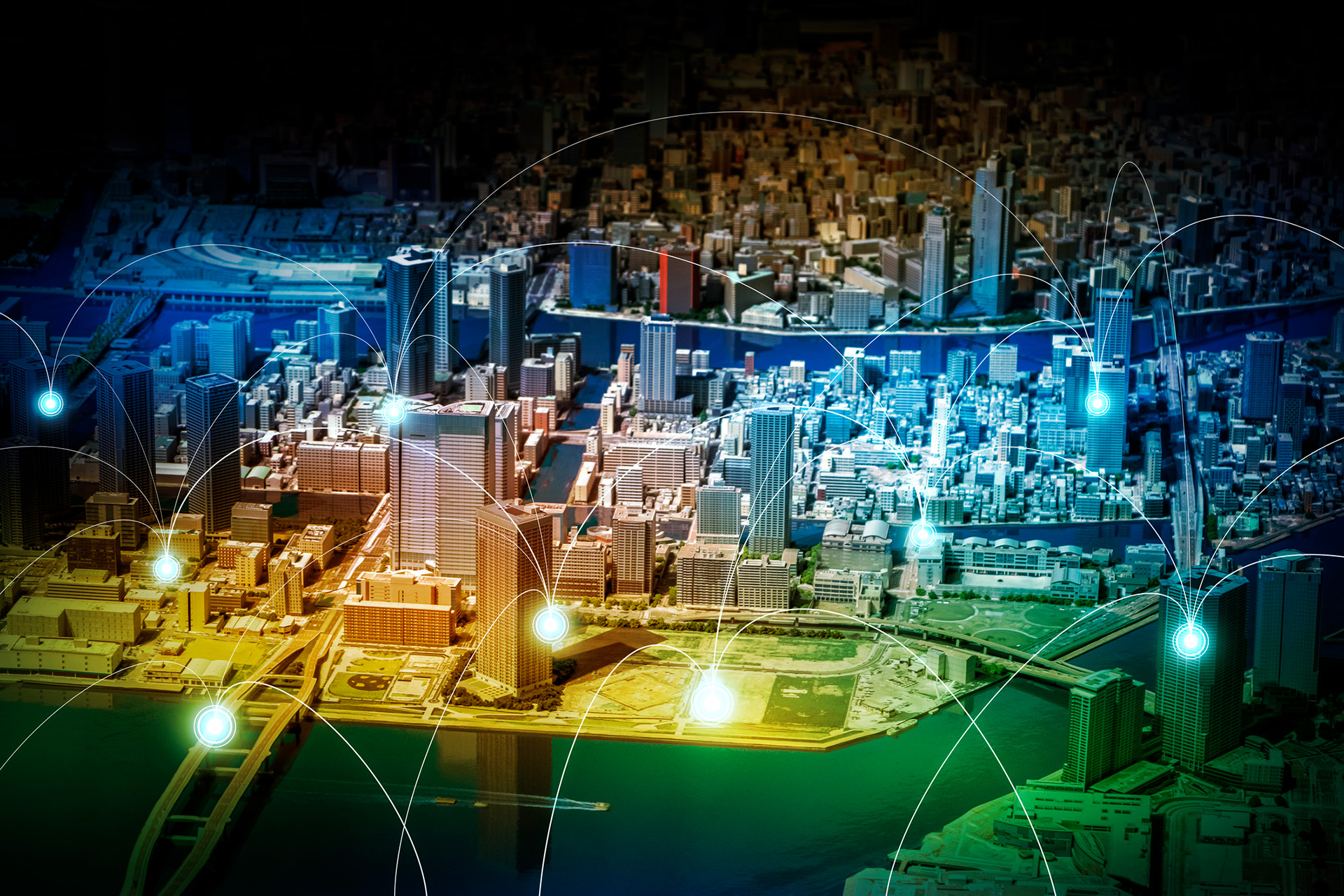Securing Society 5.0 – Overcoming the hidden threats in society’s greatest evolutionary leap
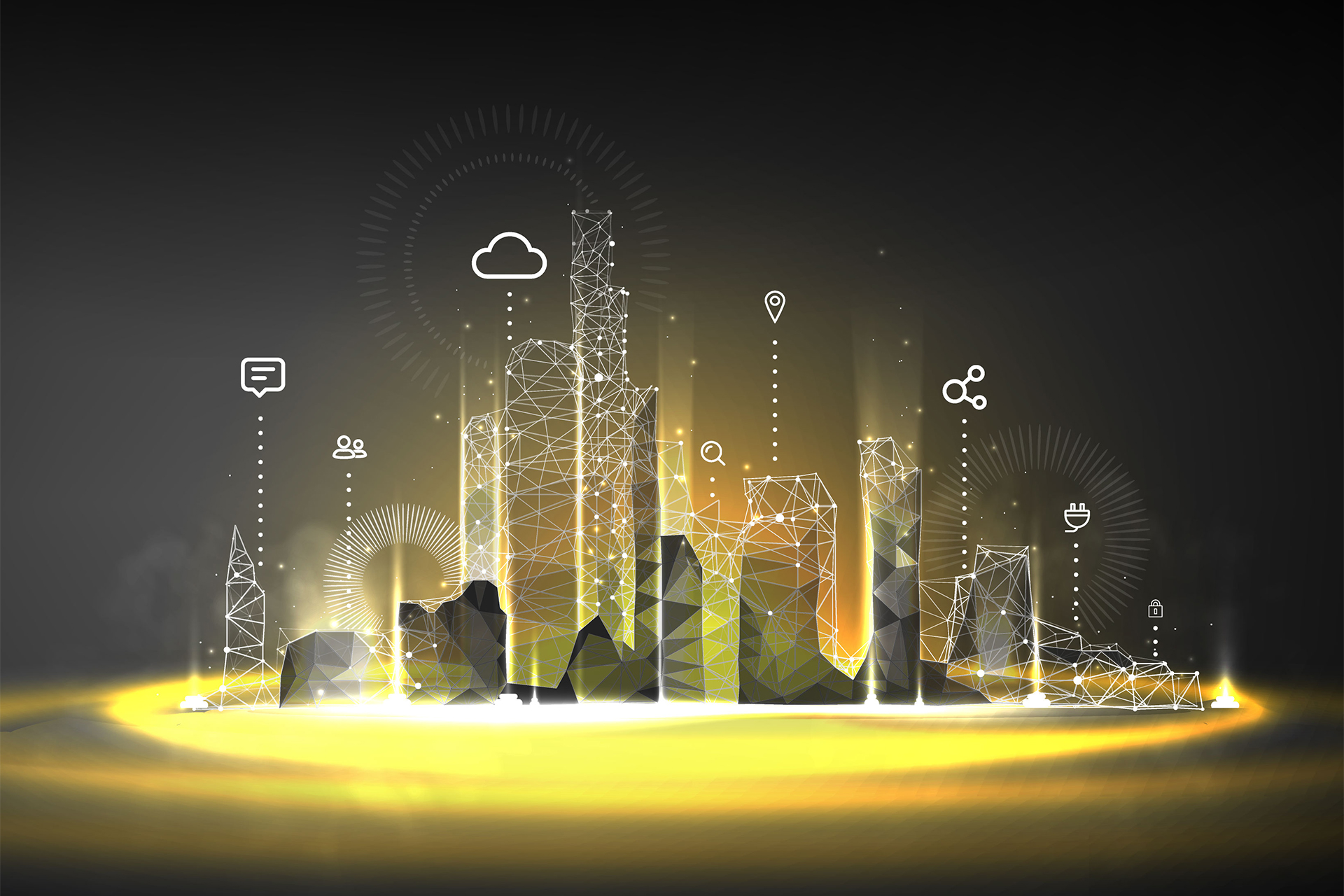
A term first coined by the Japanese government, “Society 5.0” describes “A human-centered society that balances economic advancement with the resolution of social problems by a system that highly integrates cyberspace and physical space.” The fifth evolution of the society, enabled by the fifth generation of cellular networking and cyber-physical systems, imagines technology, things and humans converging to address some of the biggest societal challenges. The concept encompasses Industry 4.0, Fourth Industrial Revolution, Smart-Everything World and other buzzwords of the moment.
In the society of the future the more the cyber and physical worlds are combined, the greater the benefits we will experience. However, the same is true of cyber threats. The more technology is incorporated into every corner of our social being, even our physical being, the greater the risk to our personal and collective safety.
The pandemic has accelerated our progress towards Society 5.0, albeit without corresponding advancements in cybersecurity and privacy. In the next book I am writing I am highlighting the blind spots that might drag us down on our way to humanity’s next evolutionary step and offering potential ways to reconsider cybersecurity, safety, privacy and control in Society 5.0. From the introduction to Securing Society 5.0 (Upcoming).

Introduction to Society 5.0
As we move into the third decade of the 21st century, humanity faces challenges of previously unimagined scale and complexity. The world grows smaller every day; all problems are to some extent shared global problems. We have been dramatically reminded of this fact by the recent Covid-19 pandemic, which started as a health emergency but soon evolved into a social and economic one, leaving no nation on earth untouched.
Many parts of the world economy ground to a halt. Despite record sums in fiscal stimulus and monetary interventions aimed at keeping companies open and citizens employed, the damage was sharp and extreme. Global unemployment rose by 33 million in 2020, a number which would have been far higher were it not for the job retention schemes that allowed companies to reduce working hours without closing jobs. Even these measures, though, could not stem the fallout in productivity, with working hours lost in 2020 equivalent to 255 million full-time jobs.
These overall figures do not, however, reveal how uneven the effect of Covid-19 has been across industries. Sectors like aviation, food and hospitality, arts and culture, and construction have been hit hardest, suffering far greater losses than higher-skilled service sectors, like information and communication, finance, and insurance, many of which have actually seen jobs growth.
The fundamental reason for this disparity in impact is quite a simple one: physical proximity. Those industries reliant on human contact, or at least humans working near each other, have been largely paralysed by regulations prohibiting physical interaction. Those industries in which companies and their workforces are able to operate remotely have typically incurred less damage. This does not, however, mean that organizations in those industries were prepared for remote working on the scale we have seen.
According to the World Economic Forum (WEF), until recently, working from home was a luxury for the relatively affluent. Only around 7% of U.S. workers had the option to regularly work from home, most of them “knowledge workers” such as executives, IT managers, financial analysts and accountants. The UK Office for National Statistics estimated the WFH contingent in the United Kingdom in 2019 was approximately 5%.
Though no authoritative figures have been compiled yet, the number of people currently teleworking around the world has multiplied dramatically. Whole organizations have moved online and connect via video conferencing.
In March 2020, Zoom was downloaded 2.13m times around the world in one day, up from 56,000 times a day two months earlier. The company’s share price doubled in the same time period.
Predictions of a future in which people communicate primarily online have been rendered inaccurate by decades. In one giant leap, we have landed in a virtual reality facilitated almost exclusively by digital applications. Yet, communication is only one face of a broader shift catalysed by the recent pandemic. A 2020 McKinsey Global Survey of 900 C-level executives, reveals that companies have accelerated the digitization of their customer and supply-chain interactions and of their internal operations by three to four years. The proportion of digital or digitally-enabled products they offer has leaped forward seven years in a few months.
Much has been said elsewhere about the way in which Covid-19 has accelerated the digital transformation of commercial, industrial, and civic enterprises, but in our consulting work during 2020-21, one of the most striking aspects of this change has been its extension beyond digital. Companies have not only been upgrading their internal processes to digital or developing digital-centric products, they have been assertively integrating cyber and physical technologies to increase competitiveness and remove human dependencies from their value chains.
Recognizing the increased risk of future operations being slowed, interrupted or halted altogether by the outbreak of new viruses, businesses in sectors like manufacturing have brought forward plans for automation and cyber-management of their factories. For these clients, the cloud-based confluence of 5G, AI and Big Data is making autonomous operations a reality: production installations overseen by humans, but driven by digitally-enabled machines.
These examples are the realization of buzzwords like Fourth Industrial Revolution, Industry 4.0, and smart environments, visions of the future that all have one thing in common: cyber-physical systems. Cyber-physical systems represent the convergence of physical, digital, and biological spheres, and they will soon be ubiquitous in all areas of life.
Even before Covid-19 began its spread across the globe, the number of devices expected to be connected to the Internet of Things (IoT) by 2023 was 43 billion. Now, with businesses pivoting to create more cyber-physical products and digital services for an online-resident population, those numbers are probably gross underestimations.
It is because of this exponentially expanding Internet of Things that 5G has been such a controversial topic over the last few years, feeding geopolitical conflict, trade wars and relentless debates in the telecoms industry and beyond. 5G has not even been rolled out in most of the world and nations have already come to regard it as a critical infrastructure. Why? Because it will enable a massive Internet of Things (mIoT), because it is a structure that will unlock the unimaginable potential of cyber-physical reality.
“5G will transform lives of many in the UK and across the world by facilitating the Internet of Things,” says the UK Government.
The Government of Canada agrees: “The 5G networks are expected to play a much broader role in our lives by enabling wireless connectivity of an unprecedented variety of devices for an unimaginable number of services and applications.”
Australia states, “5G provides responsive digital technology required to support innovations such as robotics and the Internet of Things (IoT),” while the Government of the United States declares:
“5G is a fundamental shift in wireless infrastructure. More like the invention of the Gutenberg press than the move from 3G to 4G, it will move the world into the information age. Everything from automated cars and aircraft to advanced logistics and manufacturing to true AI enhanced network combat. Most communication on the network will move from mobile devices to machine to machine (M2M) traffic.”
These statements are less about 5G itself, and more about what it enables, and they echo the sentiments of almost all sectors of commerce and industry: the future is cyber-physical.
Despite distinct but parallel paths of evolution, humankind and technology have reached a time of unprecedented assimilation in which we and our tools are less and less distinguishable from each other. As with all unions, there are tremendous gains to be won, but there are also challenges.
The benefits of cyber-physical systems (CPS) extend far beyond sexy consumer products like self-parking cars and homes that change the lighting according to your tastes. Humankind faces numerous existential threats, and a global network of cyber-physical devices may hold some of the clues to overcoming these obstacles.
However, technology is no panacea. Humankind’s latest technological revolution has been breathtaking in its pace and impact, but it has not been matched by concomitant progress in society, ethics and neurobiology.
Humankind’s survival and future success do not rely on technology alone, but on its conscious, balanced, and secure incorporation into social, industrial and economic systems.
A term first coined in the Japanese government’s Fifth Science and Technology Basic Plan, “Society 5.0” envisages an amalgamation of cyber and physical spheres to deliver exponential synergy in society’s operations. It describes a time of greater prosperity for all, achieved through the liberation of cyber-physical intelligence to create a “super-smart” society. Social contracts will be rewritten, economic models will be redefined, new solutions to nagging societal problems will be achieved through strategic assimilation of robotics, AI, big data, 5G (and beyond), and as-yet-unseen emergent technologies.
For the purposes of this book, we have expanded the term “Society 5.0,” while retaining its essential spirit. We mean it to include the Fourth Industrial Revolution, Industry 4.0, the Internet of Things (IoT), the Internet of Everything (IoE), and the many alternative concepts that are regularly used to describe the connectivity-driven integration of technology and human daily life. These labels all describe specific systems or trends, while Society 5.0 is a broader term describing an integrated cyber-physical ecosystem, a “system of systems.”
There are already many interpretations of what such a future may look like, ranging from the cynical to the utopian. Our job in this book is not to contribute to that collective pool of imagination, but rather to illuminate some of the practical considerations often overlooked by “futurists” and “tech prophets.”
“Securing Society 5.0” addresses the largely unexamined threats of cyber-physical ubiquity. It begins with an exploration of the context and history of Society 5.0, including its anthropological roots and the multi-systems challenges that have called this vision into being. The book then examines the defining characteristics and assumptions of Society 5.0, as well as the major technologies that will influence its success. Part Four investigates the shifts we can expect to see in the nature of society itself as the boundaries between cyber and physical become increasingly blurred, before Part Five considers the hidden threats of a cyber-physical world, and what can be done to ameliorate them. The book concludes with an affirmation of the need for systemic evolution, as envisaged in Society 5.0, with directions for its safe delivery.
In writing this book, we hope to offer a sober view of technology’s potential to help humanity evolve in a healthy way while drawing attention to the blind spots that may drag us down. We stand on the threshold of a golden age, but one that will only be realized if we understand that what worked for us in the past may not work in the future. What kept us safe yesterday will not keep us safe tomorrow.
Only by appreciating this fact will we be able to access the full potential of humanity’s next evolutionary step.
Marin Ivezic
For over 30 years, Marin Ivezic has been protecting critical infrastructure and financial services against cyber, financial crime and regulatory risks posed by complex and emerging technologies.
He held multiple interim CISO and technology leadership roles in Global 2000 companies.

